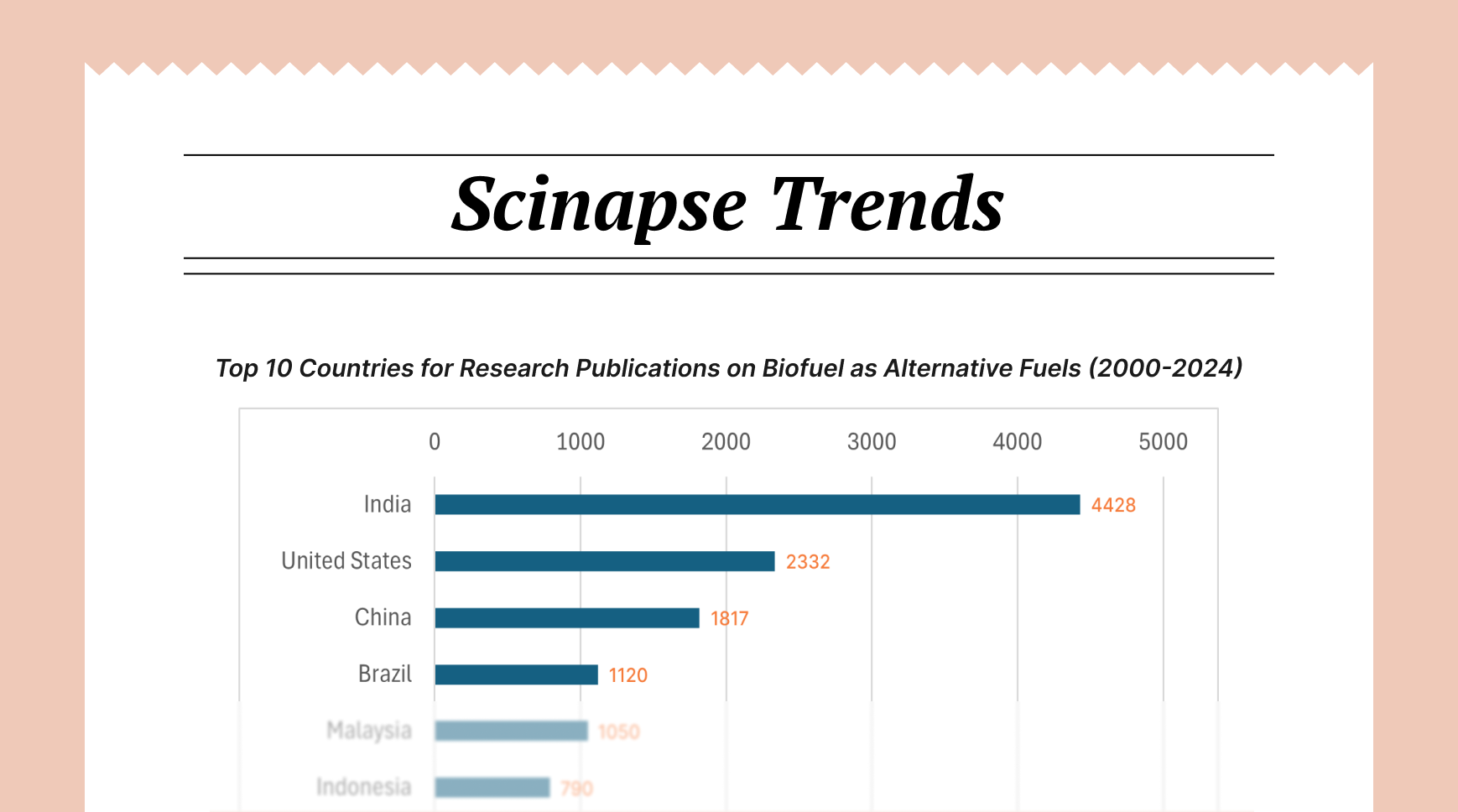Top 3 Advanced Literature Review Methods for Deeper Research Insights

The digital age has transformed the way researchers access and analyze scholarly work. While this has expanded the horizons of scientific inquiry, it has also introduced new challenges in synthesizing vast information. Traditional literature review methods, while valuable, often need more systematic rigor to comprehensively address complex research questions. As a result, advanced methodologies have emerged, combining epistemological considerations with cutting-edge technological tools.
Method 1- Technological Advancements: Leveraging AI and Machine Learning
The advent of artificial intelligence and machine learning has opened new frontiers in literature review methodologies. Text mining and natural language processing techniques are now being employed to screen large volumes of literature quickly and efficiently. These tools can identify relevant studies based on predefined criteria, significantly reducing the time and resources required for initial screening.
Machine learning algorithms are also being developed to assist in data extraction and quality assessment of studies. While these tools show promise in increasing the efficiency of literature reviews, they also raise important questions about the role of human judgment in the review process.
Visualization tools have become increasingly sophisticated, offering new ways to map research landscapes and identify patterns in the literature. These tools can help researchers identify research gaps, track the evolution of ideas over time, and visualize complex relationships between concepts and studies.
One notable advancement in this area is the AI-powered literature search platform Scinapse. This tool uses advanced algorithms to enhance search precision and recall, potentially uncovering relevant studies that might be missed by traditional search methods. By integrating AI-powered tools like Scinapse with established search strategies, researchers can create more comprehensive and nuanced literature reviews.
Sign up for a free Scinapse account and experience how advanced algorithms can uncover relevant studies you might have missed, saving you time and expanding your research horizons.
Method 2- Systematic Reviews and Meta-Analysis: A Quantitative Approach
Systematic reviews and meta-analyses represent a significant advancement in literature review methodologies. These approaches aim to synthesize all available evidence on a specific research question using predefined, explicit, and reproducible methods. The PRISMA (Preferred Reporting Items for Systematic Reviews and Meta-Analyses) statement has become a standard for ensuring transparency and rigor in these reviews.
Recent developments in meta-analytic techniques have further enhanced the power of systematic reviews. Network meta-analysis, for instance, allows for the comparison of multiple interventions simultaneously, even when direct comparisons are lacking. Individual participant data meta-analysis, on the other hand, provides a more nuanced understanding of treatment effects by analyzing raw data from individual studies.
However, these methods are not without challenges. Heterogeneity between studies and publication bias can significantly impact the validity of meta-analytic results. Advanced statistical techniques, such as meta-regression and funnel plot analysis, have been developed to address these issues, but their application requires careful consideration and expertise.
Method 3- Qualitative Evidence Synthesis: Interpreting Complex Phenomena
While quantitative methods offer powerful tools for synthesizing numerical data, many research questions demand a more interpretive approach. Qualitative evidence synthesis methods have emerged to address this need, offering ways to integrate and analyze qualitative research findings.
Meta-ethnography, developed by Noblit and Hare, is one such method that aims to synthesize qualitative studies by translating concepts from one study to another. This approach allows for the development of new theoretical insights that go beyond the sum of individual studies. Thematic synthesis, another qualitative method, involves coding and developing descriptive and analytical themes across multiple studies.
Critical interpretive synthesis represents a more recent development, combining elements of meta-ethnography with a critical approach to literature synthesis. This method is particularly useful for addressing complex social phenomena and policy-related questions.
The integration of qualitative and quantitative evidence through mixed methods reviews presents both opportunities and challenges. While it offers a more comprehensive understanding of research questions, it requires careful consideration of how to meaningfully combine different types of data and findings.
Final Thoughts
Literature review methods continue to evolve rapidly, driven by technological advancements and the increasing complexity of research questions. From AI-powered tools like Scinapse to sophisticated meta-analytic techniques and qualitative synthesis methods, researchers now have a diverse toolkit at their disposal. These innovations not only enhance the efficiency and comprehensiveness of literature reviews but also open new avenues for insight and discovery.
Author: Uttkarsha B
- AI-Ethicist and STM Research & Publishing Expert
Never re-search again.
Scinapse is made by researchers for researchers.
Join the next generation of research at ⏯️ https://scinapse.io/
Pluto Labs
Pluto Labs helps researchers focus on their research by improving several inefficiencies in the academic research process. We offer data-driven insights from academic papers, allowing users to easily obtain review-level results for their desired range of papers.
https://pluto.im/





Comments ()